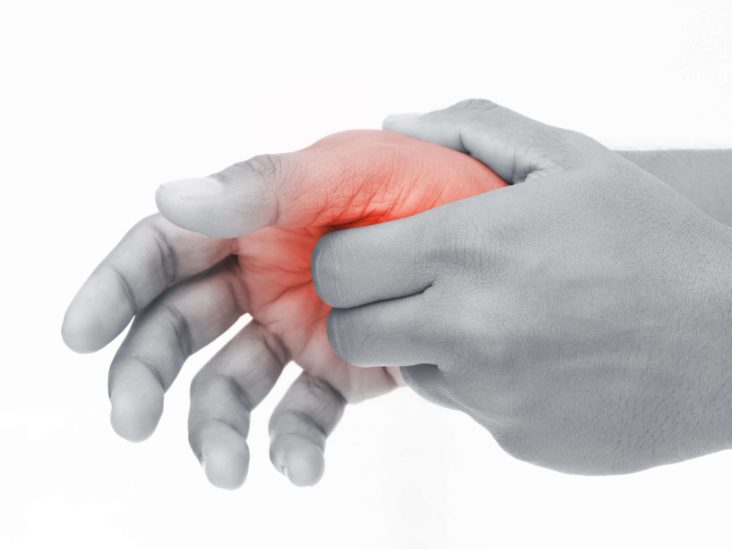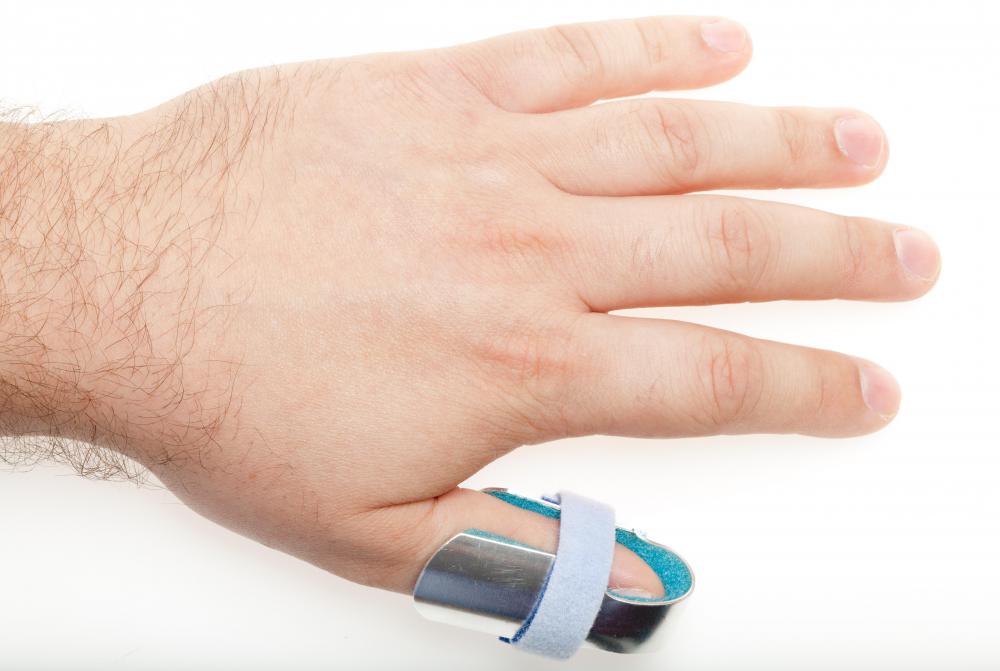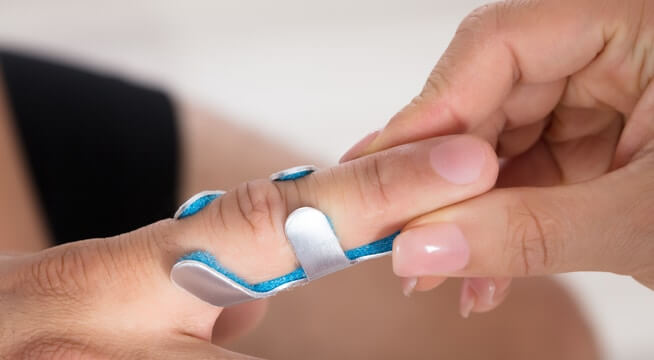
Nonsurgical Treatmentįor a moderate sprain, your doctor will probably immobilize your thumb joint with a bandage, thumb spica cast, or splint until it heals. If pain and swelling persist for more than 48 hours, however, see a doctor.


Mild thumb sprains will usually improve with home treatment that includes the RICE protocol: Treatment for a sprained thumb depends on the severity of the injury. If the test causes pain, you may be given an injection of a local anesthetic. During this test, your doctor will apply tension to your thumb while it is being x-rayed to learn more about the stability of the MCP joint. He or she may also take an x-ray of your uninjured thumb to compare it to the injured thumb.Ī special type of x-ray, called a stress x-ray, may also be ordered. Your doctor may order x-rays of your thumb and hand to ensure that you do not have an avulsion fracture or any broken bones.

X-rays provide images of dense structures, such as bone. If the joint is loose and unstable, it is an indication that the ligament may be completely torn. To help determine if the ulnar collateral ligament is partially or completely torn, your doctor will move your thumb in different positions to test the stability of the MCP joint. He or she will then carefully exam your thumb and hand. Your doctor will want to know how and when your injury occurred and will ask you to describe your symptoms. It can also be torn through its middle, although this is less common. For example, it may be pulled off its attachment at the base of the first bone (the proximal phalanx) in the thumb or from its origin on the metacarpal bone. The ulnar collateral ligament can tear in different ways. This type of chronic injury is known as a “gamekeeper’s thumb.” The ligament can also be injured more gradually, over time, from repetitive grasping or twisting activities. This strong band of tissue, which is attached to the middle joint of the thumb (the metacarpophalangeal or MCP joint), keeps your thumb stable so that you can pinch and grasp things.Ī sprained thumb is often called a “skier’s thumb” because falling on the ski slopes with your hand strapped to a ski pole is a common cause of injury to the ulnar collateral ligament. The most common ligament to be injured in the thumb is the ulnar collateral ligament. Injury to the Ulnar Collateral Ligament of the Thumb If the ligament tears away from the bone, it may take a small chip of the bone with it. These are significant injuries that require medical or surgical care. The ligament is completely torn or is pulled off its attachment to the bone. This type of injury may involve some loss of function. The ligaments are stretched, but not torn. Sprains are graded, depending on the degree of injury to the ligaments

In this sprain, the ulnar collateral ligament is completely torn.


 0 kommentar(er)
0 kommentar(er)
